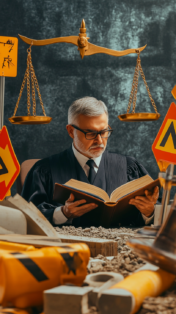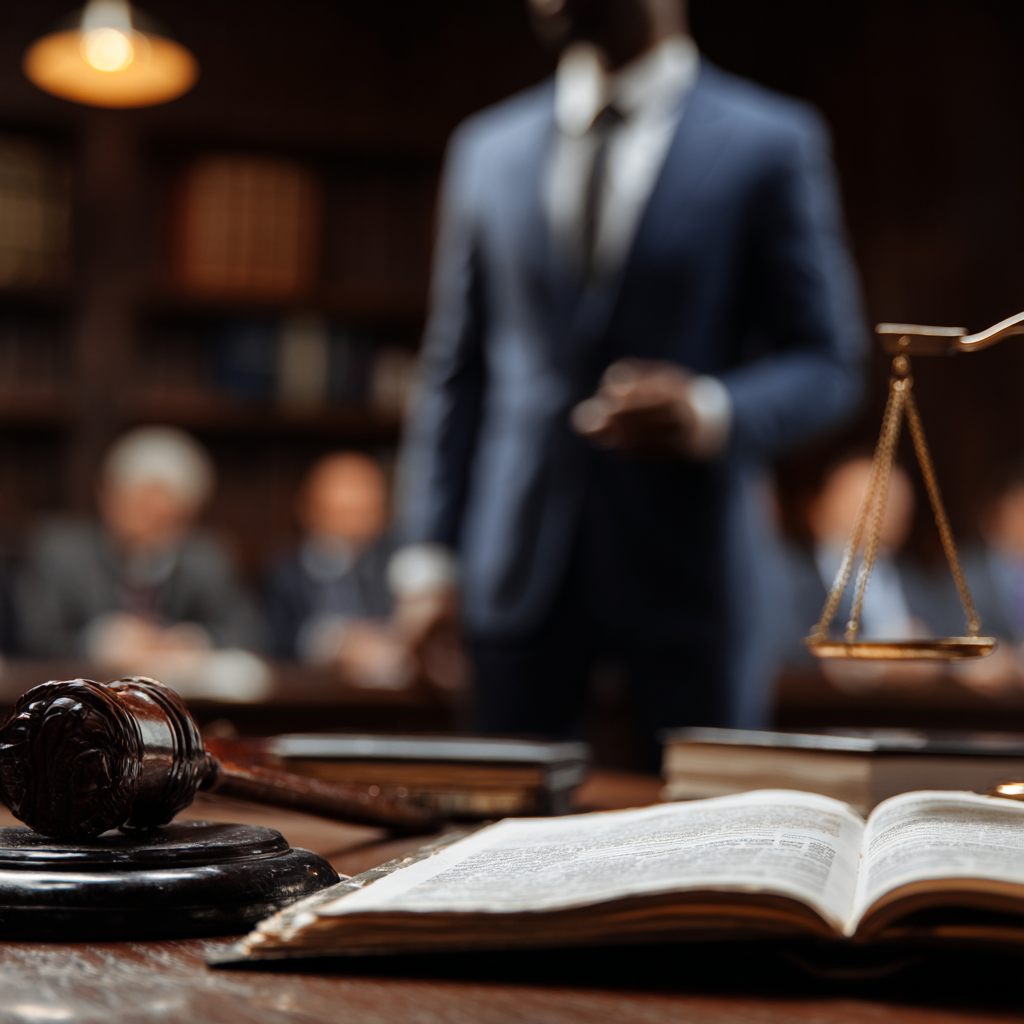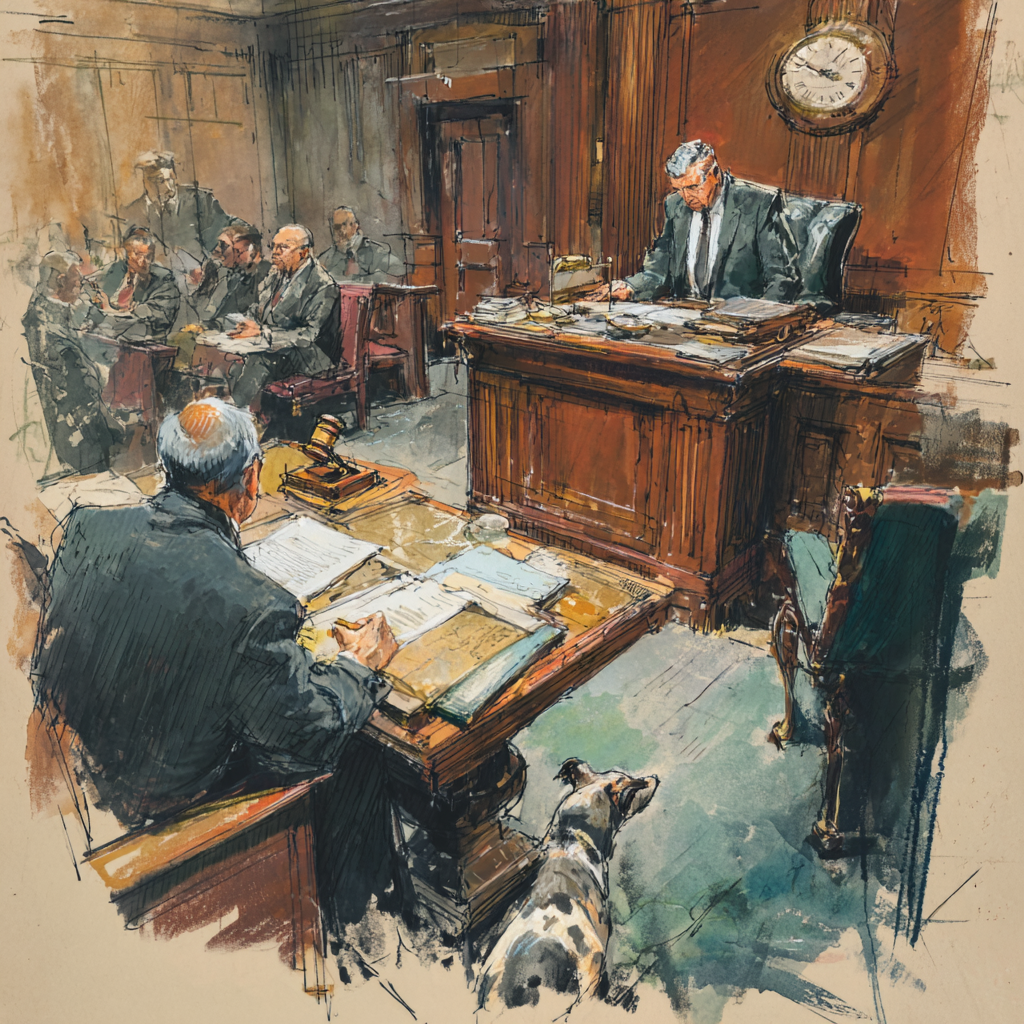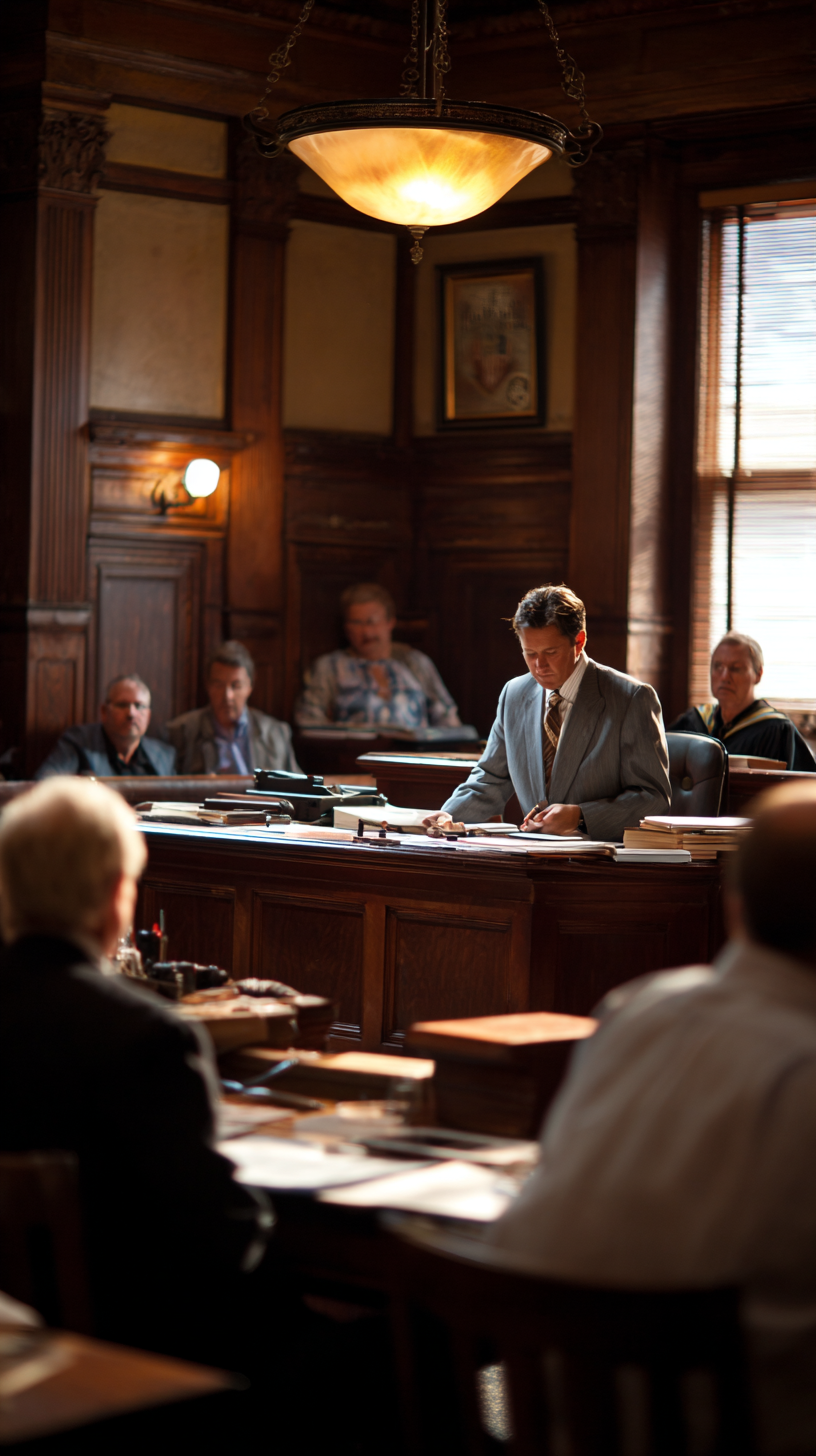Personal injury law provides remedies for individuals harmed by others’ wrongful actions. While standard negligence cases require proving that someone failed to act with reasonable care, negligence per se offers a more direct path to establishing liability in specific situations. This legal doctrine automatically establishes negligence when someone violates a law designed to protect public safety and that violation directly causes harm.
The Fundamentals of Negligence Per Se
The term “negligence per se” translates to “negligence in itself.” When legislators create safety laws, they do so to shield the public from specific dangers. Breaking these laws demonstrates a clear violation of the expected standard of care. Courts have recognized that certain legal violations pose such obvious risks that they warrant automatic consideration as negligent behavior.
This differs markedly from typical negligence cases. Rather than having to demonstrate unreasonable conduct, plaintiffs can point to the violation of a specific statute as proof of negligent behavior. This streamlines the legal process while holding violators accountable for disregarding clear safety standards.
Essential Components for a Valid Claim
Successfully proving negligence per se requires several key elements:
- A clear violation of a specific law or regulation
- The law was meant to prevent the type of injury that occurred
- The injured party belongs to the group the law aimed to protect
- The violation directly caused the harm
Consider this example: A driver speeds through a school zone and hits a student. Since speed limits in school zones specifically aim to protect students from vehicle accidents, this scenario checks all the boxes for negligence per se.
The construction industry provides another illustration. Local laws typically mandate safety barriers around construction sites. If a company ignores this requirement and someone falls into an unprotected excavation, the elements of negligence per se are present – the law exists to prevent falls, pedestrians represent the protected group, and the missing barrier directly led to the injury.
How It Differs from Standard Negligence Claims
Traditional negligence cases demand extensive evidence showing the defendant acted unreasonably. Witness testimony, expert analysis, and detailed fact-finding often prove necessary. Negligence per se takes a more straightforward approach. Once plaintiffs demonstrate the statutory violation and its connection to their injuries, the law presumes negligent conduct.
While this simplified process benefits plaintiffs, they must still prove the violation caused their damages. The doctrine helps establish the breach of duty but doesn’t guarantee victory. Plaintiffs retain responsibility for showing how the violation led to their losses, particularly in proving pain and suffering.
Common Sources of Negligence Per Se Claims
Many types of laws frequently support negligence per se cases:
- Traffic Laws: Running red lights, speeding, and drunk driving violations often form the basis for these claims. These rules explicitly aim to prevent accidents and protect road users.
- Building Codes: Violations of construction and safety requirements can trigger negligence per se when they result in injuries. Missing fire exits, inadequate railings, or substandard electrical work exemplify such situations.
- Health Regulations: When businesses ignore health codes and cause illness or injury, affected parties may pursue negligence per se claims. Food safety violations in restaurants serve as a prime example.
Defending Against These Claims
Despite the doctrine’s power, defendants maintain several defensive options:
- Challenging whether they actually violated the law
- Arguing their violation didn’t cause the injury
- Showing the law wasn’t meant to prevent the specific harm
- Demonstrating emergency circumstances justified the violation
Most jurisdictions also consider the injured party’s own negligence. Under comparative negligence rules, plaintiffs who partially caused their injuries may see reduced compensation. For instance, if someone jaywalks and gets hit by a speeding car, both parties’ violations affect the final outcome.
The Judicial Role
Courts carefully examine negligence per se claims to determine:
- Whether the violated law applies to the situation
- If the legislature intended to protect against the specific harm
- Whether the violation directly caused the injury
Different jurisdictions may interpret similar situations differently. Some courts demand strict proof linking the violation to the injury, while others take a more flexible approach. State laws vary in their interpretation of this doctrine.
Practical Impact for Both Sides
For injured parties, negligence per se offers strategic advantages by simplifying the proof required. However, they must carefully analyze relevant laws and prepare to show causation. They should anticipate possible defenses and gather evidence connecting the violation to their injuries.
Defendants need to review their compliance with applicable regulations and prepare robust defenses if violations occurred. They might argue the law didn’t protect against the specific harm or that other factors caused the injury. Strong negligence per se claims often motivate settlement discussions, as defendants weigh litigation risks against settlement costs.
Looking Forward
Negligence per se remains a vital tool in personal injury law, though its application continues chaning through court decisions and legislative changes. Success requires understanding current legal standards in the relevant jurisdiction. Both sides benefit from experienced legal counsel who can navigate these cases effectively.
This overview highlights key aspects of negligence per se, but specific situations require individualized legal analysis. The doctrine’s power to streamline negligence cases makes it an important consideration in personal injury litigation.
Staying current with safety regulations and traffic law changes helps anticipate how future cases might unfold. The Law Office of Jason Tenenbaum, P.C. actively monitors these shifts to provide cutting-edge representation.
Conclusion
Negligence per se significantly influences personal injury case outcomes. The Law Office of Jason Tenenbaum, P.C. applies extensive experience with this doctrine to fight for client rights. Anyone injured because someone broke safety laws should consider how negligence per se might strengthen their case.
The firm combines sophisticated legal strategies with straightforward client communication. Their proven success record in negligence per se cases demonstrates their dedication to securing maximum compensation for injury victims throughout New York City and Long Island.
Disclaimer: This blog post provides general information only and should not substitute for specific legal advice. Each case presents different circumstances that affect potential outcomes. Please contact our office directly to discuss your situation.










